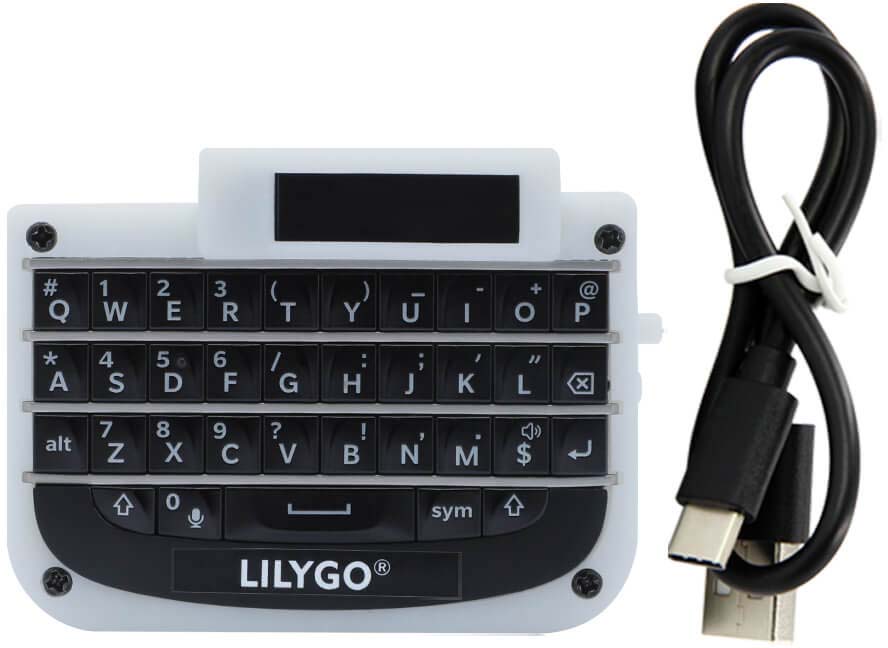Hi,
I’d like to draw your attention to a very similar device (currently not available anymore) called “Keyboard FeatherWing” (https://www.solder.party/docs/keyboard-featherwing/rev1/guided-tour/).
Since I have one of those sitting around I wonder how difficult it might be to adapt the Lisp Lilygo firmware for it.
The device can hold MCUs like the Feather M0 oder M4 series etc. The keyboard is attached via I2C, but the screen uses SPI and the ILI 9341 driver. The resolution is the same as on the Lilypad, though.
I’d be willing to make necessary modifications of the firmware myself since I’m somewhat “fluent” in C, but I’d be grateful for some hints:
- Do you think it’s feasible for an ordinary mortal to make these modifications in a finite time frame?
- Could you provide me with some insight concerning the firmware parts that would need to be modified? Where should I start? I guess one would need to work with the M0/M4 version of uLisp, of course.
I’d be grateful for some thoughts on this idea.
(I’m new to uLisp and appreciate its existence very much! I actually had a Lisp course at university many years ago - and hated it because it seemed like endless counting of parentheses and not much else… clear misjudgement. But uLisp just brought me back to Lisp since it’s a real high level language that runs on ATMega MCUs as well. It’s quite irresistible. Thank you for providing us with this awesome software!)

